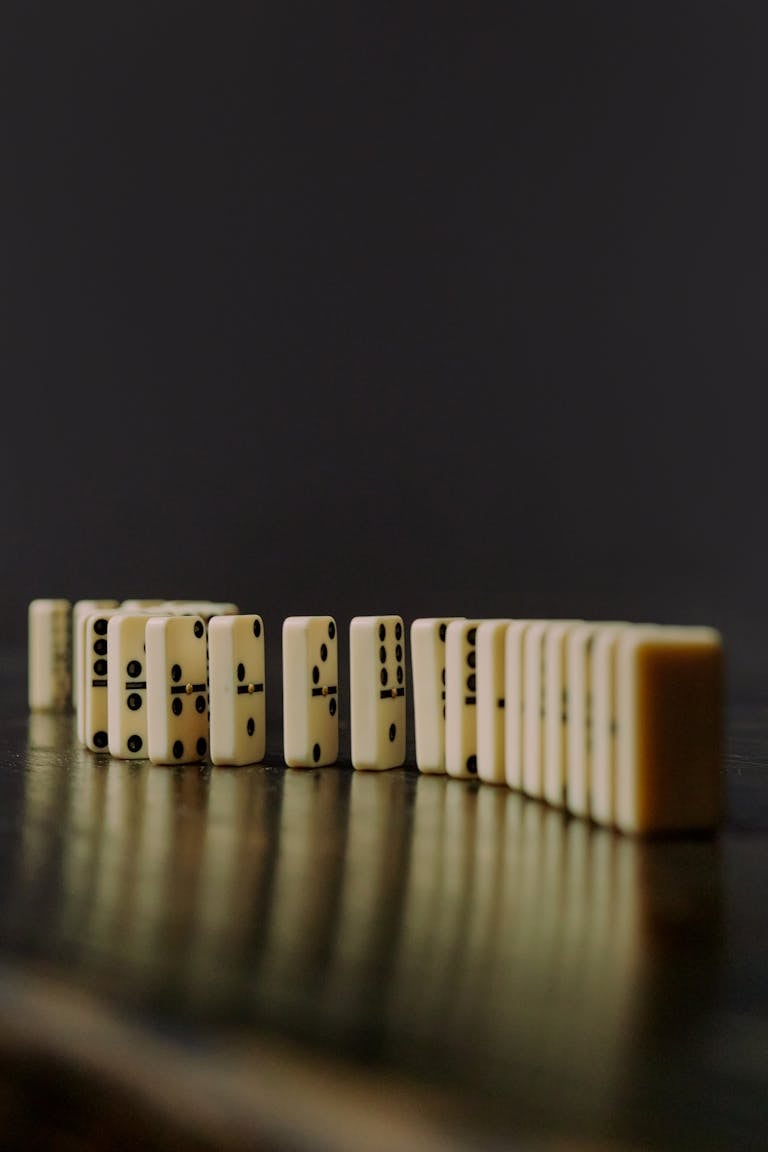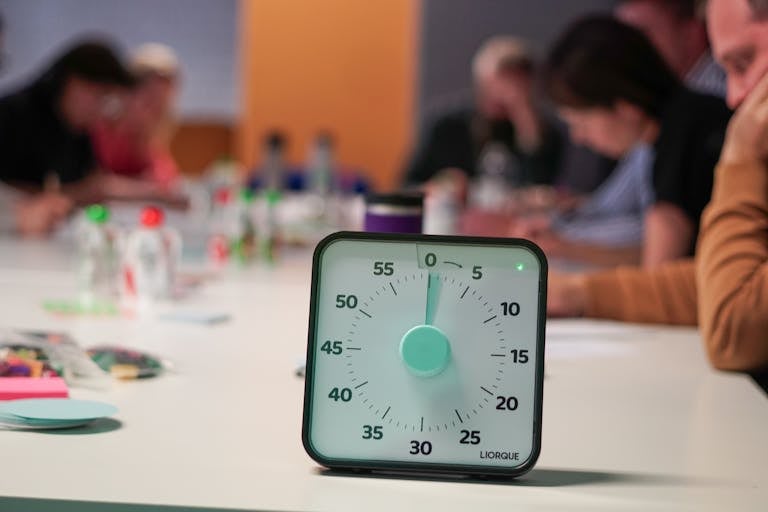The 80/20 Rule—also known as the Pareto Principle—is one of the most powerful mental models you can apply to your life and career. Named after Italian economist Vilfredo Pareto, who observed that 80% of Italy’s wealth came from 20% of the population, this principle suggests that roughly 80% of your outcomes come from 20% of your efforts.
Once you internalize this, you’ll stop trying to do everything—and start doing the right things.

What Is the 80/20 Rule?
In simple terms, the 80/20 Rule says:
- 20% of your actions create 80% of your results
- 20% of customers generate 80% of revenue
- 20% of problems cause 80% of stress
It doesn’t always break down exactly 80/20, but the pattern repeats in many aspects of life.
Real-Life Examples
- Work: 20% of your tasks likely contribute to 80% of your productivity. Identify and double down on them.
- Social Life: 20% of your relationships provide 80% of your joy and support.
- Finances: 20% of your expenses may cause 80% of your financial drain.
- Learning: 20% of a book’s content delivers 80% of the insights.
How to Apply the 80/20 Rule in Daily Life
- Audit your tasks: Look at your to-do list and highlight the top 2–3 tasks that generate the biggest outcomes.
- Eliminate or delegate: Remove or delegate the bottom 80% that don’t move the needle.
- Focus your energy: Prioritize your top 20% activities first thing in the day.
- Reassess regularly: Weekly or monthly reviews help refine your 20% focus.
80/20 in Career Growth
Want faster promotions or better opportunities? Focus on:
- 20% of skills that give you 80% of value in your role
- 20% of clients that generate 80% of business
- 20% of your time where you’re most creative and effective
High performers obsess over leverage. The 80/20 Rule shows you where to apply it.
80/20 and Relationships
Stop spreading yourself too thin socially. Ask:
- Who brings me the most joy, support, and growth?
- What conversations leave me feeling energized?
Then invest deeply in those people. A few solid relationships beat a hundred shallow ones.
80/20 and Personal Habits
Track your routines. You’ll often find:
- 20% of habits produce 80% of well-being (sleep, exercise, meditation)
- 20% of digital habits cause 80% of distraction (doomscrolling, emails)
Focus on habits with compounding effects, and let go of time-drains.
Common Mistakes to Avoid
- Trying to optimize everything. You don’t need to perfect the 80%—just identify the critical 20%.
- Being too rigid. Sometimes the ratio is 70/30 or 90/10—the idea matters more than the numbers.
- Forgetting to reassess. What works today may shift over time. Keep reviewing.
Q: Is the 80/20 Rule scientific?
A: While not a hard law, it’s a widely observed pattern across economics, business, and behavior. It’s a powerful heuristic.
Q: Can the 80/20 Rule apply to creativity?
A: Absolutely. Often, 20% of your ideas create 80% of your creative breakthroughs or engagement.
Don’t waste time on low-return tasks. Identify your high-impact 20%, and restructure your time around it. Start today with just one area of your life—and feel the difference.

I’m EKBAL HOSSAIN MONDAL, the creator of SmartSolveTips.com — a blog dedicated to helping people improve productivity, avoid digital burnout, and live better online. With years of hands-on experience in self-development and digital wellness, I write practical tips and tools to help you stay focused and thrive in a fast-paced digital world.






